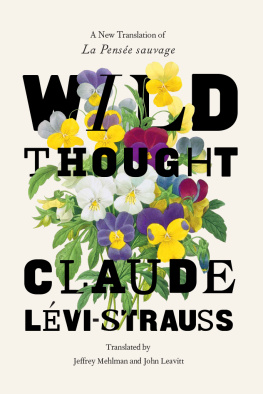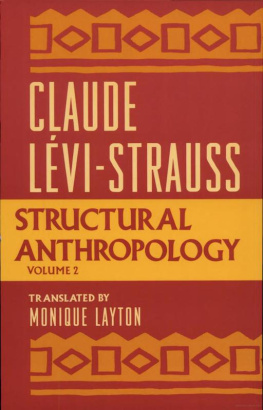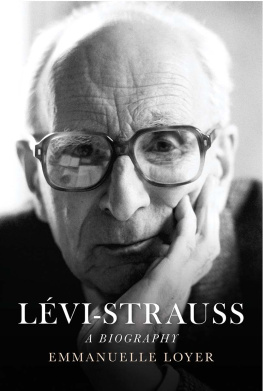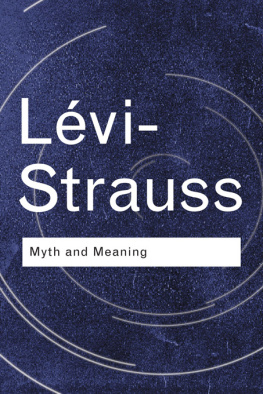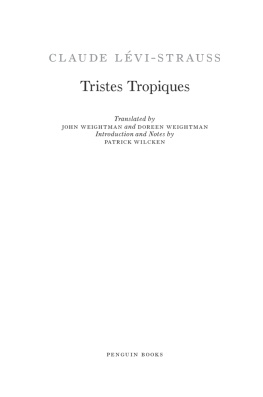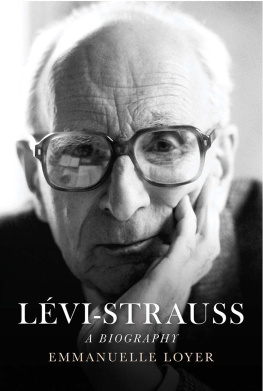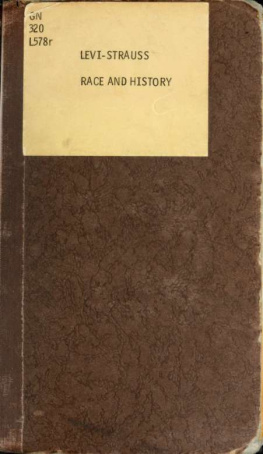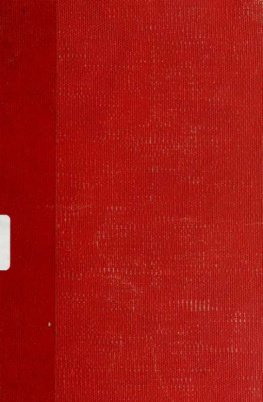Inuit Stories of Being and Rebirth
CONTEMPORARY STUDIES ON THE NORTH
ISSN 1928-1722
CHRIS TROTT, SERIES EDITOR
6 Inuit Stories of Being and Rebirth: Gender, Shamanism, and the Third Sex, by Bernard Saladin dAnglure, translated by Peter Frost
5 Report of an Inquiry into an Injustice: Begade Shutagotine and the Sahtu Treaty, by Peter Kulchyski
4 Sanaaq: An Inuit Novel, by Mitiarjuk Nappaaluk
3 Stories in a New Skin: Approaches to Inuit Literature, by Keavy Martin
2 Settlement, Subsistence, and Change among the Labrador Inuit: The Nunatsiavummiut Experience, edited by David C. Natcher, Lawrence Felt, and Andrea Procter
1 Like the Sound of a Drum: Aboriginal Cultural Politics in Denendeh and Nunavut, by Peter Kulchyski
Inuit Stories of Being and Rebirth
Gender, Shamanism, and the Third Sex
Bernard Saladin dAnglure
Translated by Peter Frost
Preface by Claude Lvi-Strauss
Inuit Stories of Being and Rebirth: Gender, Shamanism, and the Third Sex
University of Manitoba Press 2018
Originally published as tre et renatre inuit, homme, femme ou chamane ditions GALLIMARD, Paris, 2006
22 21 20 19 18 1 2 3 4 5
All rights reserved. No part of this publication may be reproduced or transmitted in any form or by any means, or stored in a database and retrieval system in Canada, without the prior written permission of the publisher, or, in the case of photocopying or any other reprographic copying, a licence from Access Copyright, www.accesscopyright.ca, 1-800-893-5777.
University of Manitoba Press
Winnipeg, Manitoba, Canada
Treaty 1 Territory
uofmpress.ca
Cataloguing data available from Library and Archives Canada
Contemporary Studies on the North, issn 1928-1722; 6
ISBN 978-0-88755-830-6 (paper)
ISBN 978-0-88755-559-6 (pdf)
ISBN 978-0-88755-557-2 (epub)
Cover design by Marvin Harder
Interior design by Jess Koroscil
Cover art: Pitaloosie Saila, Arctic Madonna. Collection of the Winnipeg Art Gallery. Reproduced with the permission of Dorset Fine Arts.
Printed in Canada
The University of Manitoba Press acknowledges the financial support for its publication program provided by the Government of Canada through the Canada Book Fund, the Canada Council for the Arts, the Manitoba Department of Sport, Culture, and Heritage, the Manitoba Arts Council, and the Manitoba Book Publishing Tax Credit.
We acknowledge the financial support of the Government of Canada through the National Translation Program for Book Publishing, an initiative of the Roadmap for Canadas Official Languages 20132018: Education, Immigration, Communities, for our translation activities.
Contents
To my Inuit teachers, now departed:
Iqallijuq (d. 2002), who introduced me to the enchanted world of life in the womb and to many other aspects of Inuit symbolism;
Ujarak (d. 1985), who through a shamanic song made me realize that the dome of an igloo could represent the vault of the heavens, and who patiently showed me the social rules of his group;
Kupaaq (d. 1997), a tireless storyteller, who greatly contributed to this book. Facing south, with his arms stretched out wide, he taught me how to identify the time of the spring equinox, for making safely long dog-team journeys on the sea ice.
To all of my other Nunavik and Nunavut friends who agreed to share their knowledge with me.
To Franoise, who braved with me at Igloolik the Arctic cold and night with me during our honeymoon, in order to observe a circumpolar full moon in late December 1990. With affection and intelligence she accompanied the slow progress of this book while bringing me into the movement to defend the rights of Indigenous peoples.
To Guillaume-Iktuksarjuat, my son, who introduced me into the world of Iglooliks young Inuit and who shared my enthusiasm, in January 2006, when we saw four sun dogs in the sky surrounded by a rainbow, at 50C near Igloolik. Through Artcirq he has given new generations of Inuit a renewed confidence in life. May this book have the same effect!
FIGURE 1. Inuit village on Winter Island, part of the Iglulik extended group, winter 18211822. Engraving after a drawing by Captain Lyons, 1824 (Lyon 1824, 110111).
FIGURE 2. The two British Admiralty ships, Fury and Hecla, wintering in the ice near Igloolik Island, 18221823. Engraving after a drawing by Captain Lyons, 1824 (Parry 1824, frontispiece).
FIGURE 3. Map of Igloolik, Nunavut, and Nunavik in the Canadian Arctic, and St. Lawrence Island in the Bering Strait. Drawn by B. Saladin dAnglure and made by Flix Pharand-Deschnes, 2005.


